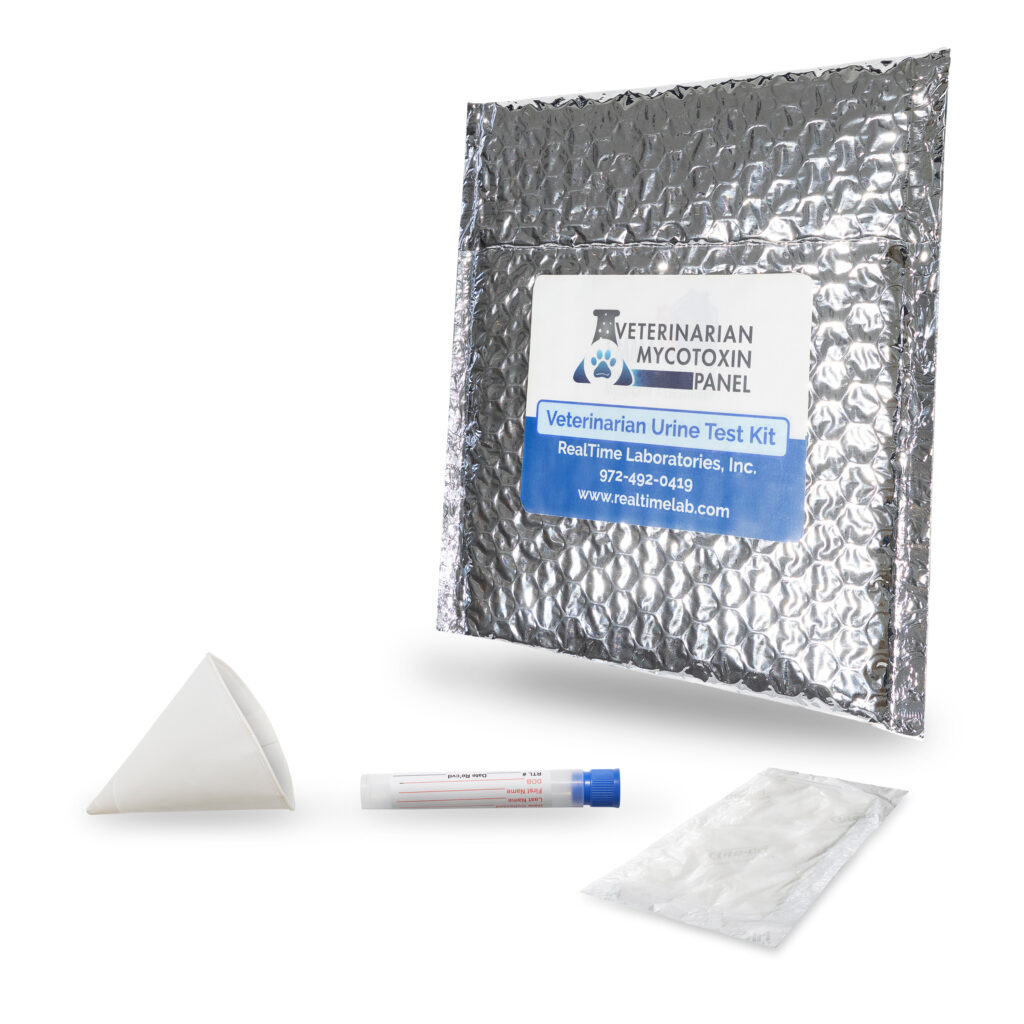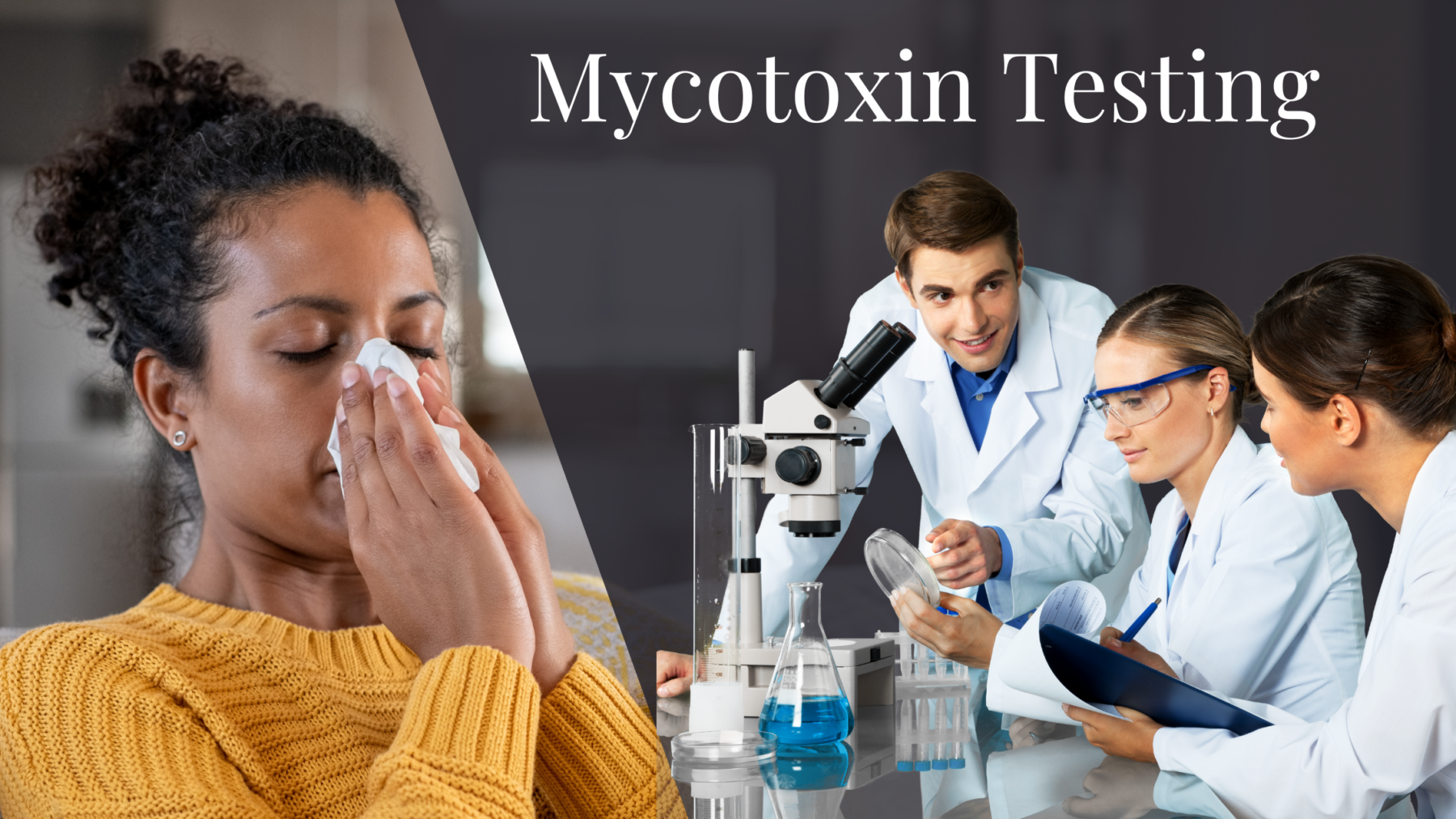Exactly How Mycotoxin Screening Assists Protect Against Contamination and Safeguard Food Materials

Mycotoxin testing is a crucial technique in the food market, acting as a frontline defense against contamination by harmful toxins generated by mold and mildews. With the application of advanced methods like High-Performance Liquid Chromatography (HPLC) and Fluid Chromatography-Mass Spectrometry (LC-MS), food manufacturers can accurately spot and quantify mycotoxin degrees in farming products. This aggressive approach not just guarantees compliance with stringent safety and security laws but also minimizes health and wellness risks to customers. Normal testing strengthens brand credibility and financial health and wellness by reducing contamination-related events. Just how exactly do these screening protocols integrate right into the broader food security strategy?
Recognizing Mycotoxins
Understanding mycotoxins begins with recognizing that they are harmful additional metabolites created by certain mold and mildews, which can contaminate farming products. These metabolites are not crucial for the development or recreation of the fungis however can have serious ramifications for human and animal health and wellness. Mycotoxins are frequently discovered in staple plants such as corn, wheat, barley, and nuts, where they can multiply under details problems of wetness and temperature.
There are several types of mycotoxins, each generated by different fungal species. Fusarium varieties create trichothecenes and fumonisins, both of which are linked with various intense and chronic health concerns.

Dangers of Mycotoxin Contamination
The risks of mycotoxin contamination are complex, positioning significant hazards to both food security and public wellness. Mycotoxins, hazardous compounds created by certain kinds of fungi, can infect a vast variety of farming items including grains, nuts, spices, dried out fruits, and coffee.
Economic effects are another major problem. Contaminated plants can cause considerable economic losses for farmers and food manufacturers as a result of minimized yields and the demand for costly purification measures. Global trade can be substantially hindered as countries implement rigorous mycotoxin regulations to safeguard their populations, leading to turned down deliveries and strained trade relations.
Ecological aspects such as environment adjustment intensify the danger of mycotoxin contamination. Variations in temperature level and moisture can develop favorable conditions for fungal growth, enhancing the probability of contamination occasions. Hence, understanding and minimizing these threats are important for ensuring the safety and integrity of global food supplies.
Approaches of Mycotoxin Testing
Precisely determining mycotoxin contamination in agricultural products is important for protecting public health and wellness and maintaining food safety standards. Various methods are employed to spot and quantify mycotoxins, each offering specific benefits and constraints.
High-Performance Fluid Chromatography (HPLC) is a commonly utilized method due to its high level of sensitivity and precision. It entails dividing mycotoxins from other substances in an example, making it possible for precise quantification. Similarly, Fluid Chromatography-Mass Spectrometry (LC-MS) integrates liquid chromatography with mass spectrometry to offer comprehensive molecular information, making it specifically beneficial for identifying numerous mycotoxins simultaneously - Mycotoxin testing Services.

Gas Chromatography-Mass Spectrometry (GC-MS) and Thin-Layer Chromatography (TLC) are likewise utilized, anchor each with distinct applications. GC-MS is efficient for unpredictable mycotoxins, while tender loving care uses an easier, economical option for preliminary screening.
Benefits of Regular Testing
Normal screening for mycotoxins in farming products supplies many advantages, substantially adding to public health and wellness and food safety. By identifying contamination early, normal screening assists prevent the circulation of poisonous foods, therefore reducing the danger of mycotoxin-related ailments amongst customers. This proactive strategy not only safeguards human health and wellness but likewise boosts the general high quality of food supplies.
Various countries and regions have developed rigid restrictions for mycotoxin levels in food and feed. Sticking to these restrictions with regular screening ensures that producers and vendors meet legal requirements, therefore avoiding charges and profession barriers.
Furthermore, normal mycotoxin screening can lead to considerable financial advantages. Early discovery of contamination permits timely intervention, lowering possible losses from prevalent contamination. Carrying out normal screening protocols can also reduce recall expenses and associated responsibilities, which can be monetarily ruining.
Furthermore, regular testing supplies useful information that can notify much better farming methods and storage space problems. By recognizing patterns of contamination, manufacturers can embrace safety nets, thereby adding and minimizing future dangers to the sustainability of the food supply chain.
Carrying Out Evaluating Procedures
Executing reliable mycotoxin screening protocols is crucial for making certain the security and quality of farming products. Each stage needs to be scrutinized to determine where mycotoxin contamination is most likely to happen.
Once crucial control points are determined, selecting ideal testing approaches is necessary. Common methods include enzyme-linked immunosorbent assay (ELISA), high-performance fluid chromatography (HPLC), and mass spectrometry (MS) Each method has its toughness and weaknesses; thus, selecting the correct one depends upon the specific mycotoxin being checked, the required level of sensitivity, and readily available resources.

Finally, incorporating the screening protocols right into a thorough food security management system is a good idea. This improves traceability and enables quick restorative actions when contamination is identified, thus safeguarding the integrity of the food supply chain.
Final Thought
Mycotoxin testing is essential in avoiding contamination and safeguarding food products by making it possible for early discovery of damaging toxic substances produced by molds in agricultural items. Advanced methods such as HPLC and LC-MS make certain compliance with security regulations and secure customers from health and wellness threats. Regular testing boosts find here brand track record, financial stability, look at this site and count on food safety by reducing contamination-related losses and keeping high standards in food production. Carrying out rigorous screening methods is thus imperative for the market's general health.
Mycotoxin testing is an essential practice in the food industry, serving as a frontline defense against contamination by hazardous toxic substances created by molds. An integrated method including agricultural practices, storage space administration, and routine testing can reduce the risks associated with mycotoxin contamination, guaranteeing food safety and public health.
The risks of mycotoxin contamination are complex, posturing substantial dangers to both food security and public health.Regular testing for mycotoxins in farming items provides numerous advantages, dramatically adding to public health and food safety.Mycotoxin screening is necessary in stopping contamination and protecting food supplies by making it possible for early discovery of dangerous toxic substances produced by mold and mildews in agricultural items.